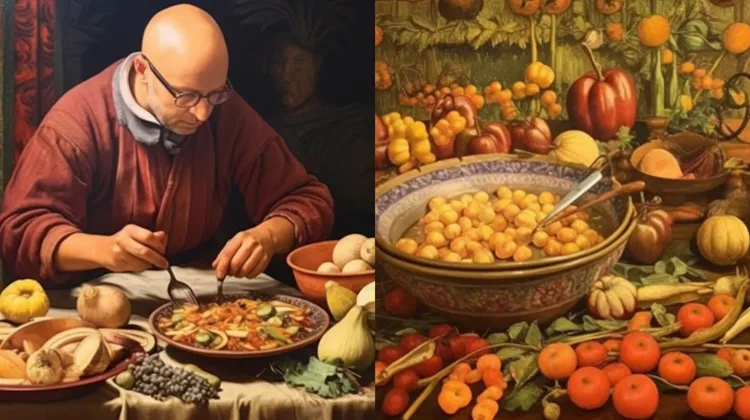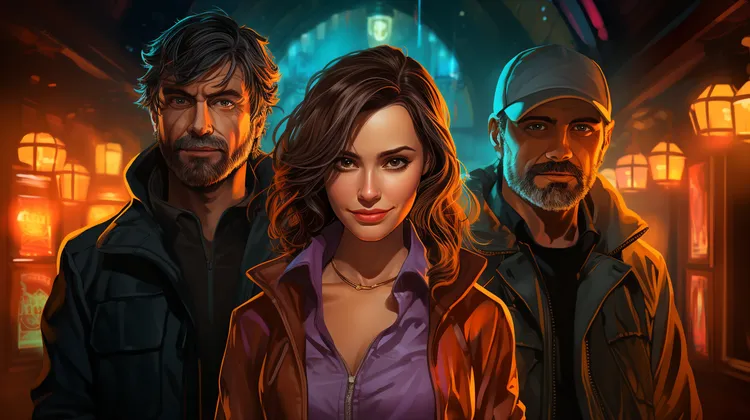Slow: Kenny Schachter Reflects on Blockchain Arts Past, Present, and Future
Blockchain technology has made significant waves across various industries, and the art world is no exception. Renowned art curator and writer Kenny Schachter provides valuable insights into the past, present, and future of blockchain in the arts.
In a recent article, Schachter explores the concept of “Slow Food” and its relevance in the blockchain arts movement. Slow Food, a movement focusing on local and traditional food production, emphasizes quality, sustainability, and cultural connections. Drawing parallels from Slow Food, Schachter reflects on the need for a similar approach in the blockchain arts realm.
Examining the past, Schachter highlights the early adoption of blockchain technology in the arts. The emergence of non-fungible tokens (NFTs) has revolutionized the way artists sell and authenticate digital artwork. Blockchain provides an immutable and transparent ledger, ensuring authenticity and validating artists’ creations in an ever-growing digital art market.
Moving to the present, Schachter delves into the controversies surrounding blockchain arts, particularly the environmental impact. The energy consumption associated with blockchain technologies has come under scrutiny, requiring the industry to address its carbon footprint. However, he finds hope in the potential for more sustainable solutions in the future, such as the shift towards proof-of-stake consensus algorithms.
Schachter also touches upon the role of blockchain in democratizing the art world. Historically, the art market has been controlled by galleries and auction houses, making it difficult for emerging artists to gain recognition. With blockchain, artists can directly connect with buyers, enabling greater autonomy, inclusivity, and fair compensation for their work.
Looking ahead, Schachter envisions a future where blockchain becomes further integrated into the art ecosystem. He sees potential applications in art provenance, tracking the ownership history of physical artworks, and ensuring their authenticity. Such advancements would benefit collectors, institutions, and artists alike, bolstering trust, minimizing fraud, and promoting a more transparent art market.
However, Schachter acknowledges the challenges and limitations that lie ahead. Blockchain’s complexity and technicality may discourage some artists and collectors from fully embracing the technology. Furthermore, the lack of widespread understanding and acceptance of blockchain in the art world hinders its mainstream adoption.
To address these challenges, Schachter proposes initiatives and collaborations between artists, technologists, and curators. These partnerships could facilitate knowledge sharing, educate stakeholders, and encourage experimentation with blockchain technology. Through these endeavors, he hopes to create a more inclusive and sustainable arts ecosystem.
In conclusion, Slow Food provides a lens through which we can understand the past, present, and future of blockchain in the arts. Schachter’s reflection on the early adoption, present challenges, and future possibilities highlight the transformative potential of blockchain technology. By embracing a Slow Food-like approach, the art world can ensure quality, sustainability, and meaningful connections in the increasingly digital and decentralized art landscape. With continued exploration and collaboration, blockchain arts can build a more equitable, transparent, and vibrant future for artists, collectors, and enthusiasts.




There’s no guarantee that blockchain will ensure transparency and eliminate fraud in the art market. It’s just wishful thinking.
These proposed initiatives and collaborations are just empty words. What concrete actions will be taken to educate and support artists?
This article completely ignores the inherent elitism in the art world that blockchain won’t be able to solve.
Artists connecting directly with buyers? Yeah, good luck with that. The art market will always be controlled by the elites.
The art world doesn’t need blockchain to thrive. It has been doing just fine without it for centuries.
I’m still not convinced that blockchain is the future of art. It seems more like a passing trend that will fade away eventually.